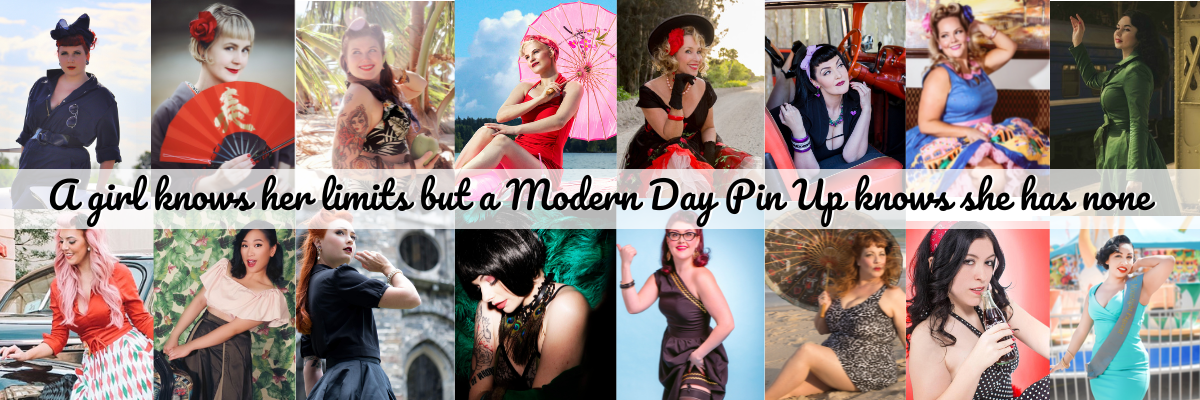Pin-up art has a rich history dating back to the late 19th and early 20th centuries. The term “pin-up” refers to a type of artwork that features attractive, often scantily-clad women in provocative poses. These images were typically printed on posters or calendars and were meant to be “pinned up” on walls as decoration.
Thank you for reading this post, don't forget to subscribe!
Add your events and business for Free at Retro Wire.
The origins of pin-up art can be traced back to the late 1800s with the rise of “cheesecake” art, which featured scantily-clad women in suggestive poses. This type of art was popularized by artists such as Charles Dana Gibson and J.C. Leyendecker, and was often featured in magazines and advertisements.
The 1920s and 1930s saw the rise of “glamour” photography, which was characterized by highly-stylized images of women in elegant and provocative poses. Photographers such as George Hurrell and Edward Steichen created iconic images of Hollywood stars such as Jean Harlow and Greta Garbo that were widely popular and widely reproduced in magazines and newspapers.
The 1940s and 1950s saw the peak of pin-up art’s popularity, with the rise of pin-up girls such as Betty Grable and Marilyn Monroe. These women were often featured on posters, calendars, and even in movies, and their images were widely reproduced and distributed. Pin-up art was also popular during World War II, as soldiers would often hang pin-up posters in their barracks as a reminder of home and a symbol of the “girl back home.”
Pin-up art has had a lasting impact on popular culture, influencing everything from fashion and beauty to advertising and pop art. Today, pin-up art is still popular and can be found in a variety of forms, from vintage reproductions to contemporary art and photography.
Overall, pin-up art is a significant part of popular culture and has been an important part of our history, reflecting the changing attitudes towards women and sexuality over the course of the last century.

